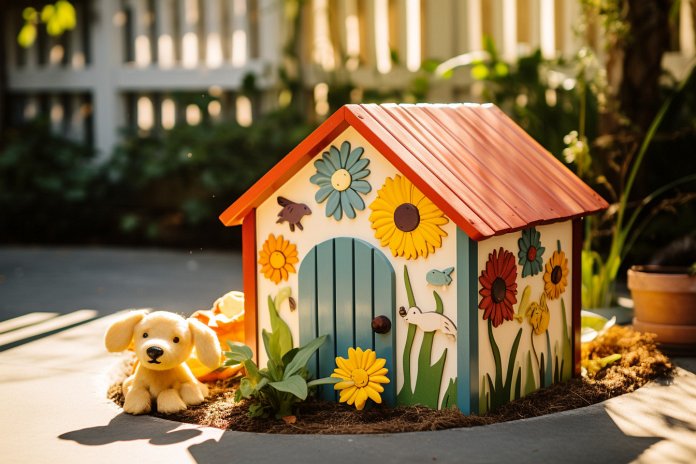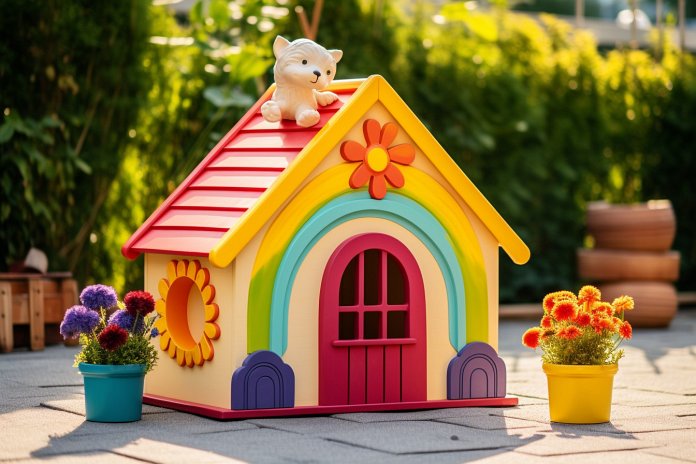
Divorce rates in North America are increasing, and now it’s not just children that are a concern when it comes to custody – pets, specifically dogs, are becoming part of the conversation. But what impact does shared custody have on a dog’s development? Can living between two houses be positive or negative for them?
Adjustment Signs
Living between two homes may not be ideal for all dogs. Some may not be able to handle the stress and strain that comes with it. It’s important to do a trial session with your dog to see if they can adjust well. Look out for changes in temperament and behavior, such as lethargy and unfocused behavior. Dogs may also act out behaviorally, misbehaving out of fear, by relieving themselves in the wrong spot or destroying furniture.
Body Language
Watch out for signs that indicate your dog is having trouble adjusting, such as whining, shaking, lack of focus, dropped ears, whimpering, and tail tucking. Other signs include destructiveness, indifference, changes in behavior, and loss of energy.
The Science of Dogs Living Between Two Homes
Dogs have trouble living between two homes because they are social creatures and become attached to humans, not houses. The absence of their most attached human is what affects them. If you are living between the two homes with your dog, it is easier for them to adjust. Research shows that the bond between pet owners and dogs is similar to that of a parent and child, known as the secure base effect. Dogs’ behaviors are directly influenced by their owner, and if they are young and being trained to live between two homes, they may struggle when their secure base is not present.
Training Your Dog to Adapt
Living between two homes may not only be due to divorce – it could be because of a vacation house or frequent travel. When your dog is living between two homes, establish ground rules and consistency in their routine, food, and name. Longer visits are preferred over short visits to give the dog time to adjust. It’s important to prioritize what’s best for your dog, even if it means finding an alternative plan if they can’t handle living between two homes.
“The key to successfully living between two homes for dogs lies in their ability to adapt and cope with stress and change.”

Tips & Things to Know
1️⃣ Pay attention to your dog’s behavior: Watch for signs that your dog is not adjusting well to living between two homes, such as changes in temperament, acting out behaviorally, or displaying signs of stress like whining or shaking. If your dog is showing these signs, it may be necessary to reconsider the living arrangement.
2️⃣ Understand the impact of human attachment: Dogs are social creatures and become attached to their human owners rather than houses. The absence of their primary attachment figure can be stressful for dogs when living between two homes. If possible, try to have both owners present in both homes to minimize the impact on the dog’s development.
3️⃣ Establish consistency and routines: When your dog is living between two homes, it’s important to maintain consistency in their diet, name, and daily routines. This helps them feel more secure and adapt to the different living conditions. Longer visits to each home are preferred over short visits to allow the dog enough time to adjust. If your dog is unable to adapt, it may be necessary to find an alternative living arrangement.
Frequently Asked Questions, Answered ✅
1. What are some signs that my dog is not adjusting well to living between two homes?
– Changes in temperament and behavior, such as becoming lethargic or unfocused
– Acting out behaviorally, such as relieving themselves in the wrong spot or destroying furniture
– Whining, shaking, lack of focus, dropped ears, whimpering, tail tucking
2. Why do dogs have trouble living between two different homes?
– Dogs are social creatures and become attached to humans, not houses
– The absence of the human they are most attached to can be detrimental to their development
3. What is the secure base effect and how does it relate to dogs living between two homes?
– The secure base effect is the bond between pet owners and their dogs, similar to that of a parent and child
– Dogs’ behaviors are directly influenced by their owner, and if they are young and being trained to live between two homes, they may have trouble in the home without their secure base
4. How can I train my dog to adapt to living between two homes?
– Establish consistent ground rules and conditions, such as the brand and type of food, their name or nicknames, and routines in their life
– Expose the dog to both living conditions and give them longer visits to adjust to the different locations
5. What should I do if my dog is unable to live between two homes?
– Come up with an alternative plan for living that is best for your dog, even if it may not be the best for you